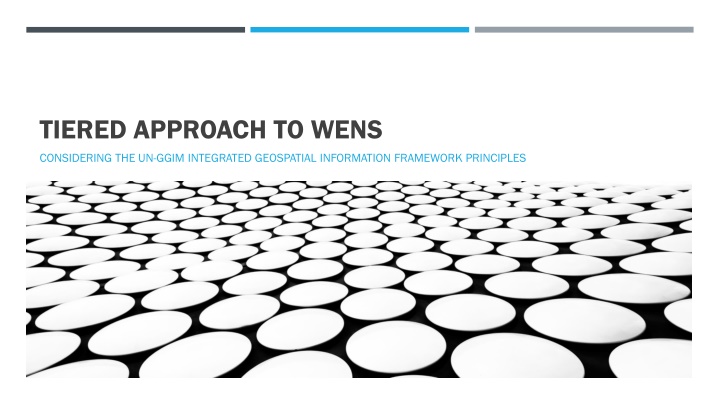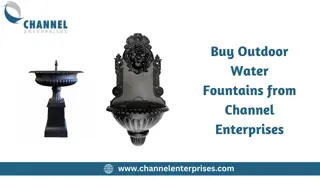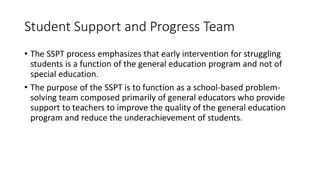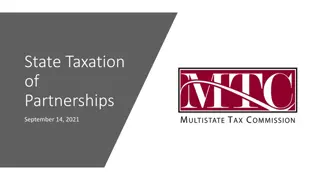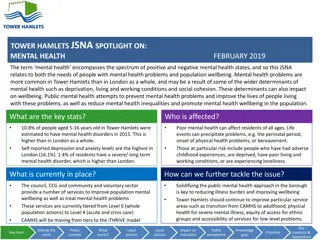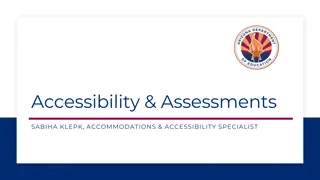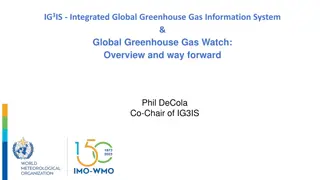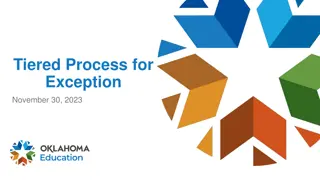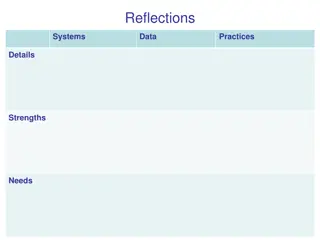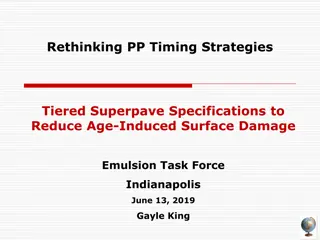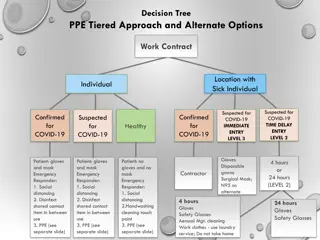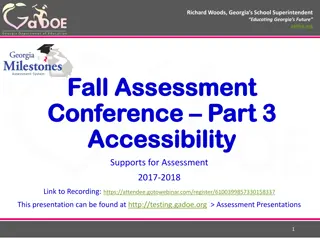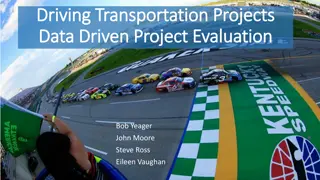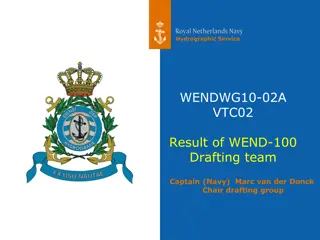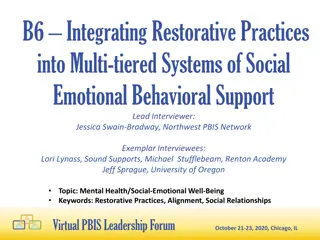TIERED APPROACH TO WENS
The WENS principles encompass a wide variety of data types categorized into three tiers based on principles outlined by UN-GGIM IGIF. This paper proposes a tiered approach for marine data to align with geospatial information principles for enhanced data management and interoperability.
Download Presentation

Please find below an Image/Link to download the presentation.
The content on the website is provided AS IS for your information and personal use only. It may not be sold, licensed, or shared on other websites without obtaining consent from the author.If you encounter any issues during the download, it is possible that the publisher has removed the file from their server.
You are allowed to download the files provided on this website for personal or commercial use, subject to the condition that they are used lawfully. All files are the property of their respective owners.
The content on the website is provided AS IS for your information and personal use only. It may not be sold, licensed, or shared on other websites without obtaining consent from the author.
E N D
Presentation Transcript
TIERED APPROACH TO WENS CONSIDERING THE UN-GGIM INTEGRATED GEOSPATIAL INFORMATION FRAMEWORK PRINCIPLES
The WENS principles will be expansive in nature, including a wide variety of data types that must accommodate principles that range from more to less stringent depending on the intended use of the data, the source of the data, frequency of updates, method of distribution, and other factors. This paper proposes to divide marine data into three basic categories that aim to conform to three levels of principles. PRINCIPLES FOR GEOSPATIAL INFORMATION
UN-GGIM INTEGRATED GEOSPATIAL INFORMATION FRAMEWORK (IGIF) https://ggim.un.org/IGIF/part2.cshtml
IGIF PRINCIPLES ARE AGREED UPON AT THE UNITED NATIONS Examples Pathway 4 Standards: Appropriate and recognized standards are adopted and enforced throughout the data lifecycle to enhance integration and interoperability of individual and disparate data sets. Pathway 4 Metadata: Appropriate metadata is applied according to standards and used to accurately define and describe geospatial data, including content, geographic extent, purpose, characteristics, currency and provenance etc., together with contact details for further information. Pathway 2 Secure and Safeguarded: Ensure secure and trustworthy data sharing, dissemination and use. Geospatial information are stored, maintained and accessed in a secure environment and through secure methods. Pathway 1 Accountability: The responsibility for the decisions and laws that affect the strengthening of geospatial information management rests with government and is responsive to stakeholders needs and is in the interests of the community. Pathway 7 - Leadership, commitment and empowerment: Leadership and commitment is necessary to sustain a collaboration or partnership through ownership of purpose, empowerment in processes and collective responsibility for outcomes.
Category 1 data would include the most stringent, regulated data types such as S57 and S101. It would be categorized under the principles outlined in the UN-GGIM IGIF with a subset of additional principles specific to those outlined in the original WEND Principles. THREE-TIERED APPROACH Category 2 data would be less stringent, including weather, current, and other data that would only only apply to the principles outlined in the UN-GGIM IGIF Category 3 data would be the least stringent and wouldn t have any principles that apply. These would include crowd sourced, non-IHO, and other unofficial data.
Determining which data types belong in each tier Refining the information in tier 1 narrowing the old WEND Principles so the are not duplicating IGIF Principles but are strengthening the principles that are most important, overlaps, gaps, distribution, etc. THE MAJOR WORK WITH THIS APPROACH
TIER 1 POSSIBILITIES S S- -101 Electronic Navigational 101 Electronic Navigational Chart Chart S S- -102 Bathymetric Surface 102 Bathymetric Surface S S- -122 Marine Protected 122 Marine Protected Areas Areas S S- -123 Marine Radio 123 Marine Radio Services Services S S- -124 Navigation 124 Navigation Warnings Warnings S S- -125 Marine 125 Marine Navigational Services Navigational Services S S- -126 Marine Physical 126 Marine Physical Environment Environment S S- -127 Marine Traffic 127 Marine Traffic Management Management S S- -128 Catalogue of 128 Catalogue of Nautical Products Nautical Products S S- -129 Under Keel 129 Under Keel Clearance Management Clearance Management S S- -104 Water Level Information for 104 Water Level Information for Surface Navigation Surface Navigation S S- -111 Surface Currents 111 Surface Currents
TIER 2 POSSIBILITIES S S- -122 Marine Protected Areas 122 Marine Protected Areas S S- -412 Weather Overlay 412 Weather Overlay S S- -121 Maritime Limits and 121 Maritime Limits and Boundaries Boundaries S S- -414 Weather and Wave 414 Weather and Wave Observations Observations S S- -412 Weather Overlay 412 Weather Overlay S S- -411 Ice Information 411 Ice Information S S- -413 Weather and 413 Weather and Wave Conditions Wave Conditions S S- -402 Bathymetric 402 Bathymetric Inland ENC Inland ENC Marine Spatial Data Marine Spatial Data Infrastructure Infrastructure
TIER 3 POSSIBILITIES Crowd Sourced Bathymetry Crowd Sourced Bathymetry ArcGIS Online Data ArcGIS Online Data NON NON- -Governmental Data Governmental Data
